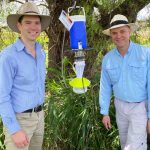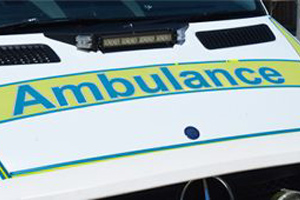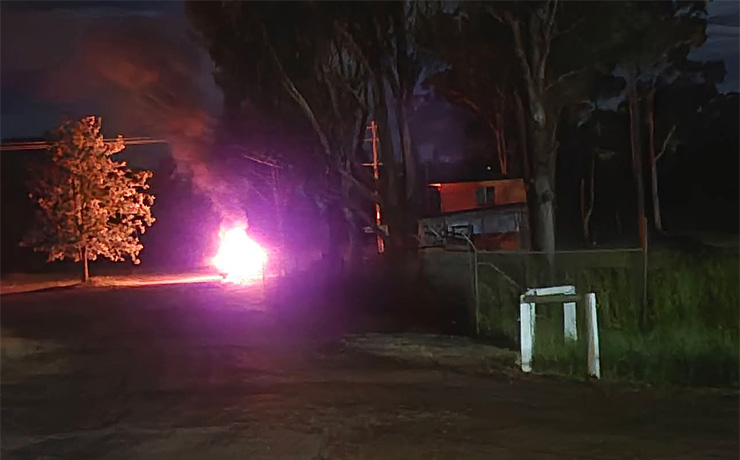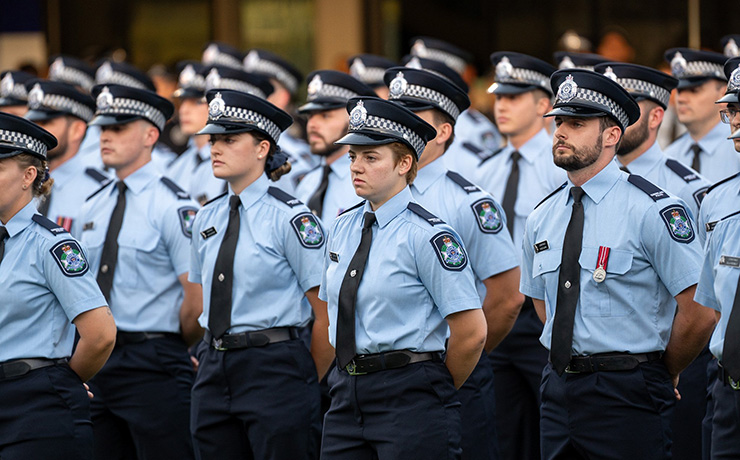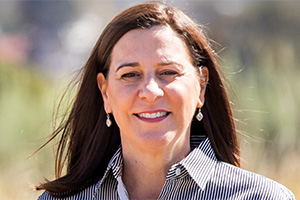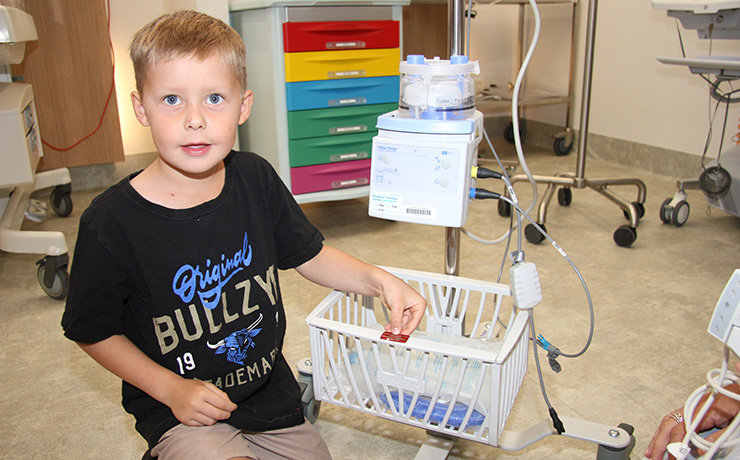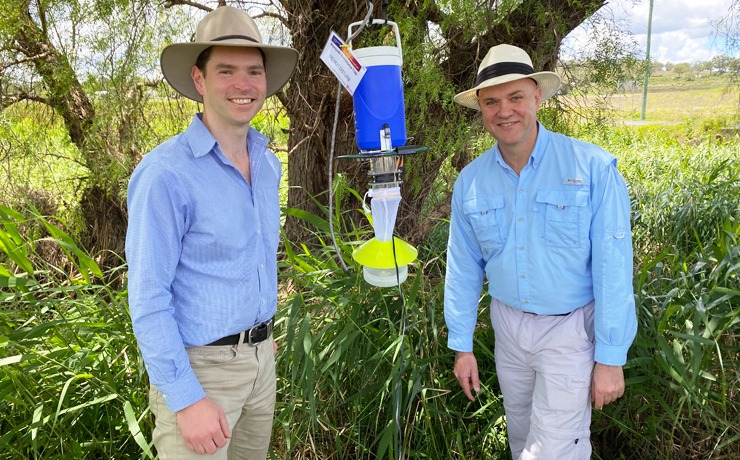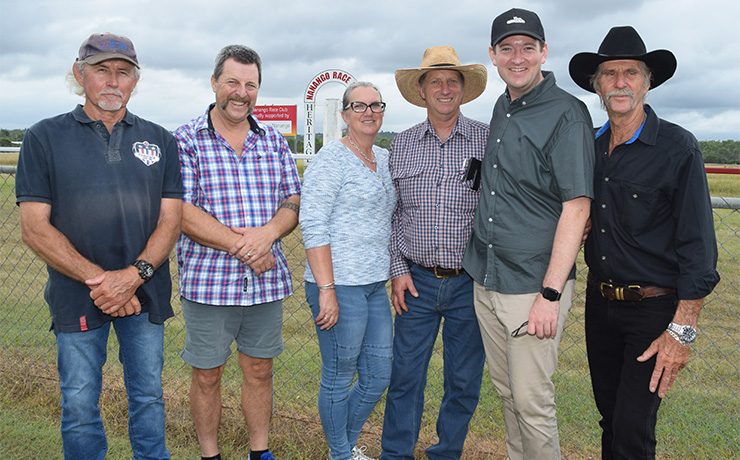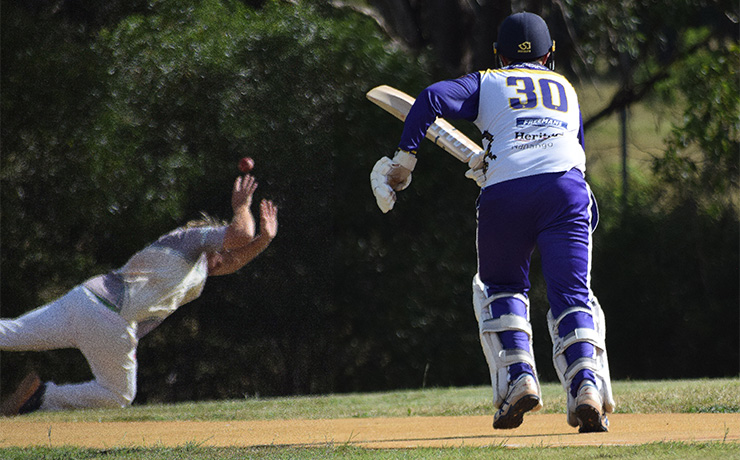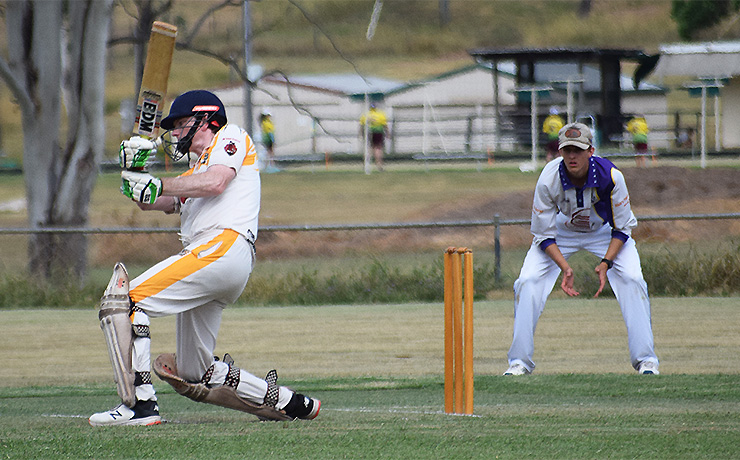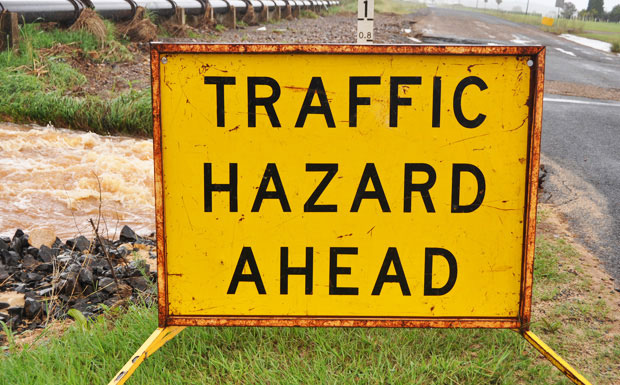
May 10, 2013
South Burnett ratepayers could soon be paying an extra $200 a year on their annual rates bill to fund a $3 million shortfall in Council’s road maintenance budget.
This is on top of the $100 to $150 extra annual payment which has been suggested would be necessary to upgrade the region’s ageing water and sewerage infrastructure.
And these two levies would be in addition to a forecast 5.9 per cent general rate rise detailed in last year’s Budget.
The idea for a roads levy has come out of discussions between councillors and senior staff over the past few weeks as the council begins planning its 2013-14 Budget, due to be handed down in July.
Mayor Wayne Kratzmann told southburnett.com.au today that councillors felt they had little choice other than to introduce a levy in the range of $200 a year.
“Before the 2008 amalgamation the four old councils spent a combined $6 million a year on road maintenance,” he said.
“But now – five years later – that same work costs $9 million. And without introducing a levy we simply don’t have the funds.”
The Mayor said the key road maintenance cost components – wages and materials – have been rising by an average 8 per cent a year.
“Really, we should have been increasing that original $6 million road maintenance budget by $480,000 a year from 2008 onwards.
“The previous council didn’t do that because it was receiving State and Federal Government grants to cover these things.
“But this year we lost around $2 million in grants funding.”
The Mayor said the sudden loss of grants had left the Council facing a budget black hole if it wanted to keep maintaining the region’s roads to the same standard.
“We’ve now reached the position that if it wasn’t for this year’s floods there’d be no road maintenance going on anywhere in the region right now,” he said.
“We would have simply run out of money.”
Cr Kratzmann said he knew the Roads Levy wouldn’t be popular, especially among people who owned multiple properties as it would be levied on a per-property basis.
However he wanted to give ratepayers forewarning as well as put the idea into the public arena for discussion.
“On the positive side, 100 per cent of this levy would go into road maintenance work. There wouldn’t be any extra payroll or administrative costs – every single cent would be used for roadworks,” he said.
He said the extra funds would create some work opportunities for local contractors.
And over the longer term, the Council’s focus since the 2011 floods on repairing roads to a higher standard to ensure they were more resistant to future floods meant residents would get better roads.
“In this year’s floods we saw that roads in the southern part of the Shire – where Council had carried out the bulk of repairs from the 2011 floods – did much, much better this time around than roads in the northern end,” he said.
“That was because we learned some good lessons from the first floods, then built those lessons into the repairs.
“Ultimately we want to do that to all the region’s roads. But in order to do it we need to carry out a regular, full roads maintenance schedule. And that has to be paid for somehow.”
Related articles:







